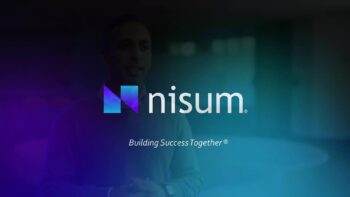Jeff Ma has a degree from MIT, but he’s best known as a blackjack card counter. And not just any card counter: His exploits in Vegas were documented – and somewhat fictionalized – in Ben Mezrich’s best-selling Bringing Down The House, a book that became the basis for 21, a 2008 feature film starring Kevin Spacey.
Ma didn’t rest on any of those laurels, though. He started sports stock trading website ProTrade, has consulted for major sports teams, and made his own print debut in 2010 with a business guide. Now, he’s breaking into personal analytics with a new project called tenXer, which tracks your productivity in hopes of improving it over time.
“You can’t improve what you don’t track, so start tracking today,” reads the tenXer web site.
Obliquely, Ma’s cardcounting experience does inform his latest venture, he told Techli.
“Basically I was interested in how metrics could motivate or change behavior specifically around work and personal productivity,” Ma said. “The concepts of transparency, metrics and competition came out of many of the same principles that made us successful as a card counting team.”
The project is based on a folk theory in the software development community that the most effective engineers are many times more productive than their average-functioning peers – by a factor of ten, according to some, and lending the colloquial term “10x person.”
What sets tenXer apart from established players like RescueTime, or Google’s new Account Activity feature?
“I can’t say I’m an expert on all of the existing software that is out there but our focus is on a few important principles,” he said. “We want to make people better at their jobs by allowing them to measure their work (with no additional overhead) and we want to use those measurements to power motivation systems build around gamification and social interaction.”
Furthermore, what sets tenXer apart from existing personal analytics tools depends on the space it’s being used in, Ma said. In human resources, it brings a numeric focus back to the individual employee. In the quantified self movement, he hopes the software will shine at integrating with systems that already produce data – keeping tenXer from actually making workers less productive by requiring them to enter additional info.
Image: tenXer







